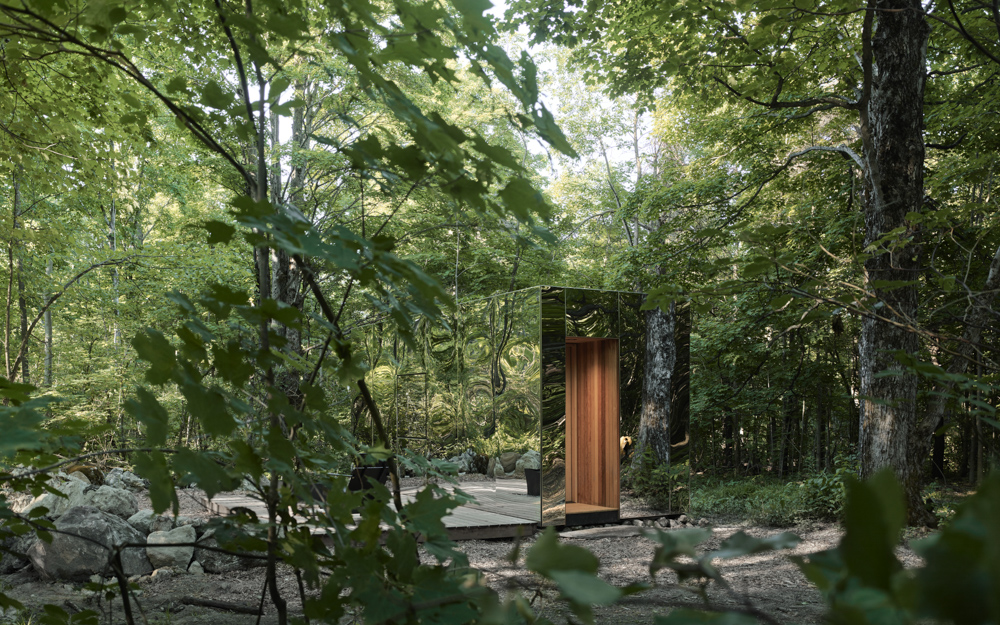Photos by Chuck Ortiz
F
rom bracken to butterbur to “princess” bamboo, some of Japan's most iconic foods are foraged, not grown, in its forests, fields, and coastal waters—yet most Westerners have never heard of them.
In Eating Wild Japan, I eat my way from one end of the country to the other in search of the hidden stories of Japan's wild foods, the people who pick them, and the places whose histories they've shaped.”
An environmental journalist, author, translator, and “plant lover,” Winifred Bird is also a lifelong cook whose journey with Eating Wild Japan began in the rural countryside of Mie and Nagano prefectures. She quickly discovered she was surrounded by an untamed bounty, a wild Japan containing an entire world of complex histories, traditions, and stories that she wanted to explore. Hailing from a background of working in farms across Canada and the United States, Bird came to Japan with a passion for agriculture that resulted in what would become “close to a decade writing, growing organic rice and vegetables, and absorbing a second culture”. After returning to the States in 2014, she spent several years compiling and curating everything she had learned during her time abroad into Eating Wild Japan: Tracking the Culture of Foraged Foods. It truly is a passion project in the best way, tying together food, nature, and Japanese culture.


Bird honours those treasures that aren’t owned, that humble those who just happen to stumble upon their wild beauty; and it is this sentiment that shapes her book into a wonderful work of collaboration and learning.
In her introduction Bird pays homage to those who shared their knowledge of Japan’s culture of wild foods with her, and mentions her neighbour of three years Sakado Ban, whom she credits as the one who deepened her understanding of the country.
Bird met Ban-san when she and her then-husband moved to the outskirts of Matsumoto, an old city that is steeped in history and tradition as much of an ancient country like Japan is. Surrounded by stunning views of the Japanese Alps, Bird and her husband were preparing to start their own back-to-the-land experiment when her neighbour took Bird under her wing. Over many teas, the author was introduced to an array of hyperlocal dishes and thrilled to learn that foraging in Japan was a custom that was alive and well.


“In fall there were juicy Asian pears and salty pickled vegetables, in winter bean cakes or cookies from her favourite confectionery, and in spring wild vegetables that she foraged at the edge of the forest—once a doll-sized plate of glowing green nazuna (shepherd’s purse), another time a few tightly curled kogomi (ostrich fern) fiddleheads coated with ground sesame seeds, and another, a little pile of prehistoric-looking tsukushi (field horsetail) shoots.”
Soon thereafter, Ban-san invited her to come foraging for sansai (Japanese wild mountain vegetables) with her in a steep meadow only minutes away from her home. Bird was blown away by the simplicity and learned to be “the student rather than the master of nature, carefully tracking the seasons so as to catch every one of their fleeting gifts”—and they were all gifts.

For Bird, digging in—literally and figuratively—is how people can truly see and appreciate the whole of Japan’s rich and varied culinary landscape.
This is how to know the roots, how to ensure that they continue to grow deeper and deeper into this abundant soil. After all; without the seeds, what can grow?


.jpeg)











.svg)